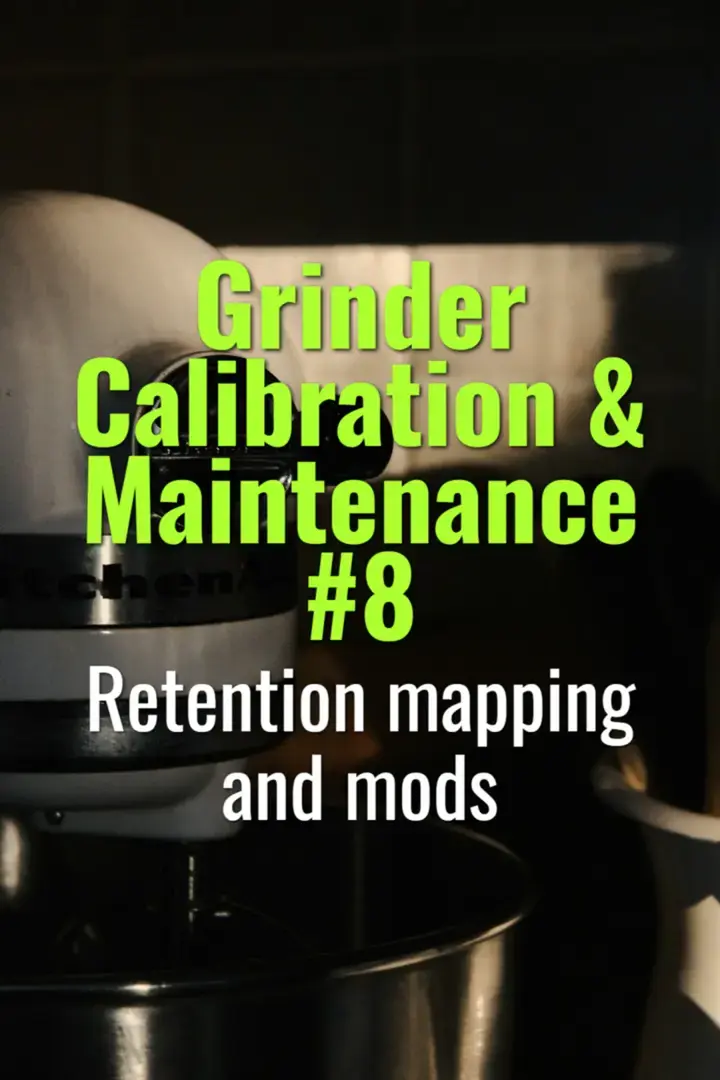Retention mapping and mods
How to measure grinder retention, why it matters for accuracy and freshness, and what modifications can reduce it.
- Coffee Basics Nerds
- 2 min read
Article 8 of 12 in Grinder Calibration & Maintenance/

What is Retention?
- Retention = coffee that stays inside the grinder after a dose is ground.
- Includes:
- Exchange retention: Old grounds mixing with fresh.
- Total retention: Coffee trapped in burr chamber, chute, or declumper.
- Leads to inconsistent dosing, stale flavors, and recipe inaccuracy.
Mapping Retention
- Weigh In vs Out Test:
- Dose a known weight of beans.
- Grind fully, weigh output.
- Difference = total retention.
- Purge Tracking:
- Grind again and weigh the first output.
- Shows how much old coffee remains in grinder (exchange retention).
- Repeat Over Multiple Doses:
- Build a profile of retention behavior across several grinds.
Typical Retention Levels
- Large commercial grinders: 3–6 g or more.
- Single-dose grinders: <1 g.
- High-retention grinders require purging before critical brews.
Mods and Solutions
- Declumper Mods: Replace or trim rubber flaps to reduce coffee buildup.
- Bellows/Puffers: Attach silicone bellows to blow out retained grounds.
- Anti-Retention Chutes: Aftermarket metal or 3D-printed parts improve flow.
- Single-Dose Hoppers: Reduce beans sitting in grinder and minimize exchange retention.
Best Practices
- Map retention when first calibrating a grinder.
- Document expected purge amount for consistency.
- In cafés, incorporate purge grams into recipe SOPs.
- At home, consider mods if retention exceeds 1–2 g and impacts flavor.
Summary
Retention mapping reveals how much coffee remains in your grinder between doses, directly affecting freshness and accuracy. With tools like declumper mods, bellows, and single-dosing setups, baristas can minimize retention, ensuring cleaner flavor and precise recipes.